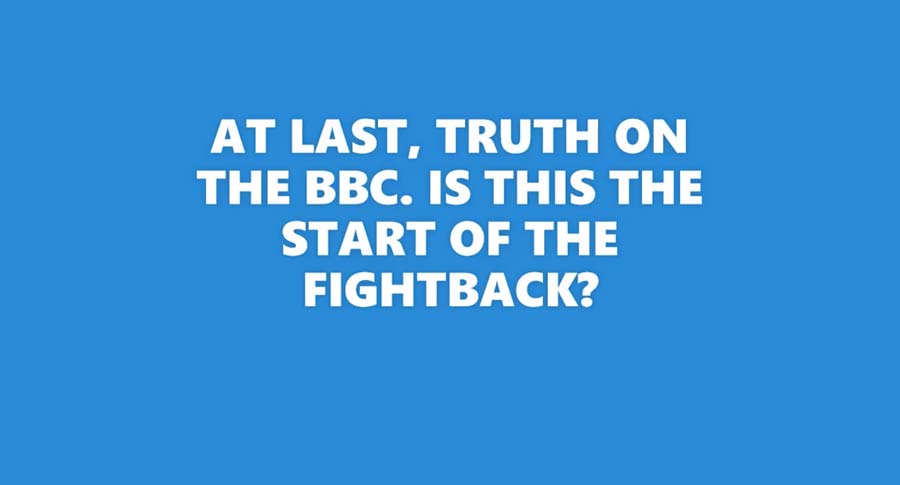The following is a transcript from the More or Less BBC radio programme with Professor David Spiegelhalter, Winton Professor of the Public Understanding of Risk at The University of Cambridge. You can read the audio transcript below or simply click on the YouTube video at the bottom of this article to listen to the audio track. SCROLL DOWN TO SEE VIDEO AT THE BOTTOM.
“The death toll from CV-virus in England fell by more than 5000 yesterday although the official statistic fell due to a change in the definition of who was counted from who died of CV. Previously, people who died at any point from a positive test regardless of the cause, even if they died of a car accident, were counted in the figures. So, is this measure better and what does the headline statistic hide?
The man who knows is Professor David Spiegelhalter and Winton Professor of the Public Understanding of Risk at The University of Cambridge. Morning to you.
Professor David Spiegelhalter: Good morning.
Presenter: The figure may be better but we’re all in danger of becoming horribly confused, aren’t we?
PDS: I do feel sorry for everyone and I make there’s at least five different counts of CV deaths going around the country at the moment. The old one was ridiculous, if you look at the dashboard as they show it at the moment, they say 72 deaths in England reported on August 11th. But in fact, you know, NHS England recorded only one death in an English hospital during that day and that may go up a bit by five, but the claims of 72 is just nonsense.
Presenter: That really matters doesn’t it? Not just as a scientific assessment but also what we do as a nation?
PDS: People have been watching this daily figure and haven’t realised how ridiculous it is. It’s going to plummet by 80-90% from tomorrow. But actually, it can go the other way if Scotland’s not reported a single CV death for five weeks. Usually we’d be choosing the same measure as we’re going to use and yet the bean says yesterday there’s at least 30 deaths from CV in Scotland over that period. The pendulum seems to be swinging the other way. Now there’s been 41,000 deaths but the Office of National Statistics say 56,000 when they look at death certificates. It is very confusing.
Presenter: But is this measure the old measure in other words? Does it explain why we appear to be more cautious as a nation? Less willing to go to work than any other European nation? Is there a danger in other words that we may be overreacting?
PDS: This will make a difference but it doesn’t make a difference to the fact we’ve done very badly with a very large number of deaths. I would also say that people are on the whole rather too cautious, rather too fearful and the communication hasn’t helped in that. Particularly, that’s why the current communication with the risks and deaths at the moment are so vital but the communication has been so poor. The dashboards have been terrible and up until recently, say the number of additional deaths was on Wednesday 22nd July and it was something…well they weren’t, they didn’t happen then and they weren’t CV deaths and the BBC have been just as bad. In average in the last week, 58 people have died every day from CVvirus. That’s terrible – there was about 15 to 20. So, the media has been responsible for not reporting the figures I think responsibly and if and possibly increasing people’s worry and anxiety, unnecessarily.
Presenter: Well then, finish if you would David in this way, if you had to in layman’s language to communicate the risk to someone whose not in a special category – they’re not very old or got co-morbidity, how would you try and capture that for them?
PDS: It’s very difficult as you’re talking about two things. There’s a risk if you get it and that depends crucially on your age and there’s roughly about the usual risk you’ve got of dying in the next year anyway which is very low if you don’t hang around people. Then there’s the risk of catching it. That’s a highly fluid thing, more like a pollen count – what currently is the infection in your community? And I’ll say again, very low at the moment. The risks of catching it are low but for some people if you catch it, it can be very nasty. And so, it is a complicated issue and it is changing. That’s why we really have to pay attention to the way in which the limited facts we’ve got are communicated.
Presenter: Ok, must do better I think is the motto and listen to More or Less as well as Professor David Spiegelhalter. Thank you very much indeed.”




